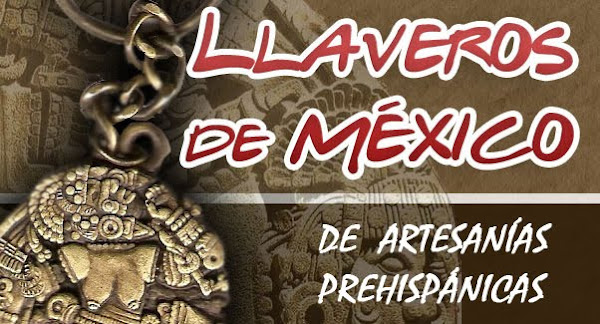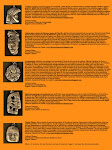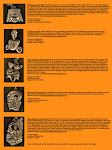
Pectoral Maya de Chichen Itzá. Chichén Itzá es uno de los principales sitios arqueológicos de la península de Yucatán, ubicado en el municipio de Tinum, en el estado de Yucatán. Vestigio importante y renombrado de la civilización maya, las edificaciones principales que ahí perduran corresponden a la época de la declinación de la propia cultura maya denominada por los arqueólogos como el período posclásico, 1000-1687 d. C. Chichén Itzá fue una ciudad o un centro ceremonial, que pasó por diversas épocas constructivas e influencias de los distintos pueblos que la ocuparon e impulsaron. La arquitectura masiva que ha llegado hasta nuestros días y que hoy es emblemática del yacimiento, tiene una clara influencia tolteca. El dios mismo que preside el sitio, Kukulcán, es una manifestación de Quetzalcóatl, dios que partió del panteón tolteca.
Cultura: Maya
Procedencia: Chichen Itzá
Región: Yucatán
Maya chest from Chicen Itzá. Chichen Itzá is one of the main archaeological sites of the Yucatán peninsula, located on the Tinum county, in the state of Yucatán. An important and renowned vestige of the Maya civilization, the main constructions that prevail there correspond to the age of declination of the proper Maya culture, named by the archaeologists as the post Classic period, 1000-1687 A.D. Chichen Itzá was a city or a ceremonial center that went through various construction periods and influences from the different civilizations that occupied and built it. The massive architecture that has reached our days and is today emblematic of the site has a clear Tolteca influence. The god that precedes the place, Kukulkán itself, is a manifestation of Quetzalcóatl, the feathered serpent, god that came from the Tolteca pantheon.
Culture: Maya
Location: Chichen Itzá
Region: Yucatán


